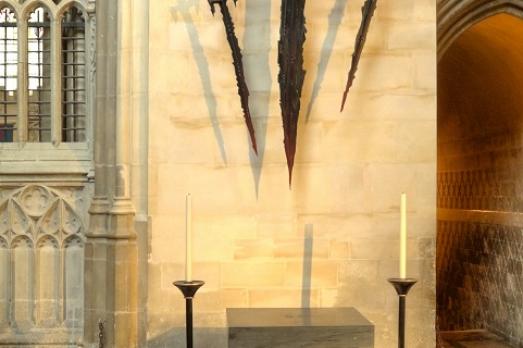
Canterbury Cathedral, Canterbury
The dramatic sculpture, above where Becket was killed, is by Giles Blomfield was installed in 1986. Four swords for the four knights (two metal swords with reddened tips and their two shadows).
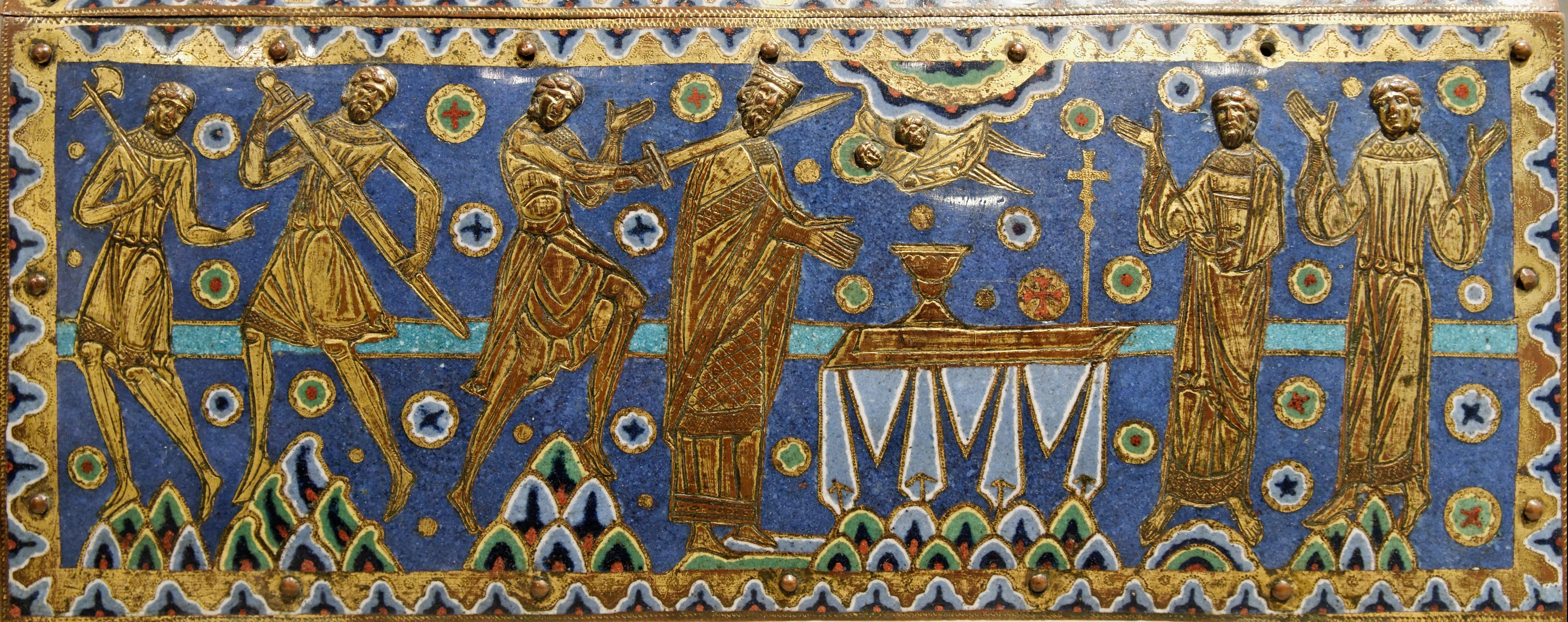
by Linda Patrick, Relationship Marketing Manager
A London merchant's son, Thomas Becket would grow to become one of the most devout Archbishops of the 12th century. He was great friends with Henry, later to become King Henry II of England. Often together, people said the two men ‘had but one heart and one mind’.
Becket became one of the most powerful figures of his time, serving as royal Chancellor before becoming Archbishop of Canterbury. His relationship with Henry deteriorated as the two men became engaged in a bitter dispute over the running of the church, which culminated in Becket's shocking murder by knights with close ties to the king.
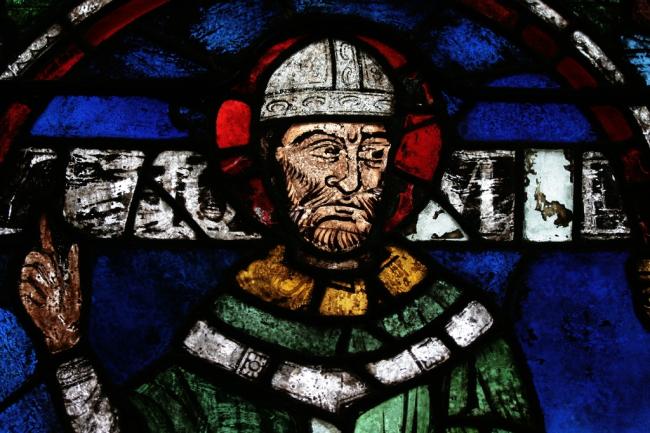
Thomas Becket was born in 1118 at Cheapside, London, to French parents who had left Normandy following the Norman Conquest. His early education was at Merton Priory before moving to Paris to further his studies. He returned to England in 1143 to become a clerk, working for a wealthy London merchant and from there he quickly gained employment with Theobald, Archbishop of Canterbury.
Becket's career flourished and in 1154, he was made Chancellor of England by King Henry II. They soon became good friends. On the death of Archbishop Theobald, Henry pushed for Becket to take up the position.
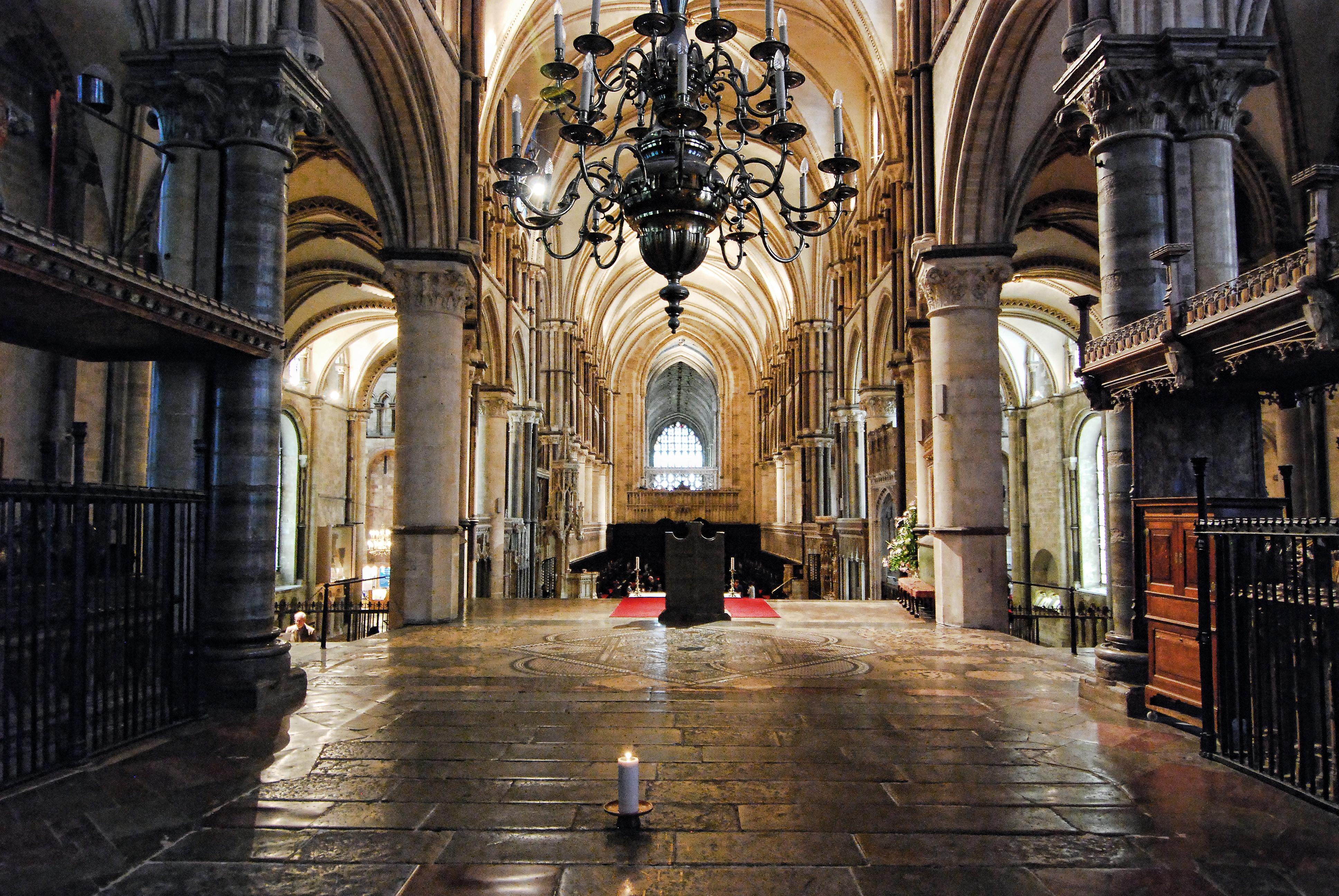
NicholasSchooley
With Becket acting as both Chancellor and Archbishop, Henry thought that he would have control of both state and church. So, when Becket renounced the role of Chancellor the close relationship between the two friends began to deteriorate. Becket devoted himself to extending the rights of the church which displeased the king. By 1164 the situation was so bad, Becket fled to France where he remained in exile for the next six years.
Henry became more and more powerful and matters finally came to a head when Henry had his young son crowned king of England in Westminster Abbey, in order to secure the succession.
Becket appealed to the Pope against this act. As a result Henry agreed to a meeting, the first time they had spoken together since Becket left England. Reassured that it was safe, Becket returned to England as Archbishop of Canterbury once more on 1st December 1170, but not before he had issued letters excommunicating the Archbishop of York and two bishops who were involved in the unauthorised coronation.
In a fit of rage, one story claims Henry was heard to cry
Will no one rid me of this troublesome priest?
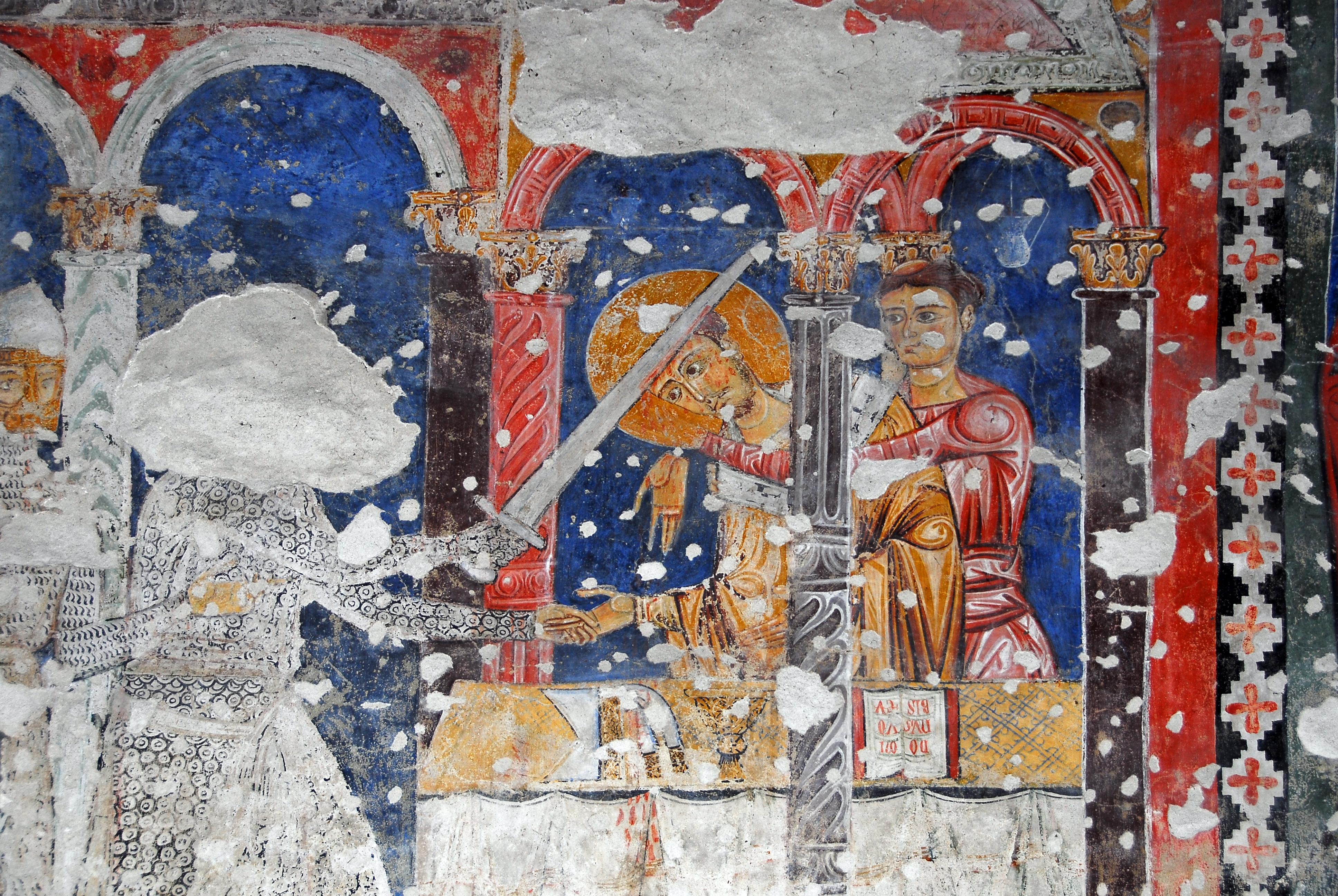
SilvioSorcini
On 29th December 1170, Henry sent four knights to Canterbury in search of Becket. They attempted to arrest him but he refused. Becket sought refuge in the church, but the knights pursued him. With swords drawn, they burst into the cathedral.
The death of Thomas Becket sent shockwaves through England and beyond. His murder was quickly condemned with Henry expressing his sorrow at what had taken place. People soon started to flock to Canterbury, many believing Becket’s blood possessed the power to heal the sick.
Three years later the Pope made Becket a saint, following reports of miracles at his tomb. The four knights responsible for his murder were excommunicated and in 1174 Henry walked barefoot to Canterbury Cathedral in penance.
His shrine was a popular pilgrimage site throughout the medieval period until it was destroyed during the Reformation and people still visit Canterbury Cathedral today to stand in the place where history happened.
A gorgeous collection of music and words by Peter Abelard (1079-1142). Conducted by Mary Berry and sung by Schola Gregoriana in Winchester Cathedral.
'The performances are pretty well ideal, and the acoustic of Winchester Cathedral frames them beautifully.'
: Gramaphone Magazine

The dramatic sculpture, above where Becket was killed, is by Giles Blomfield was installed in 1986. Four swords for the four knights (two metal swords with reddened tips and their two shadows).
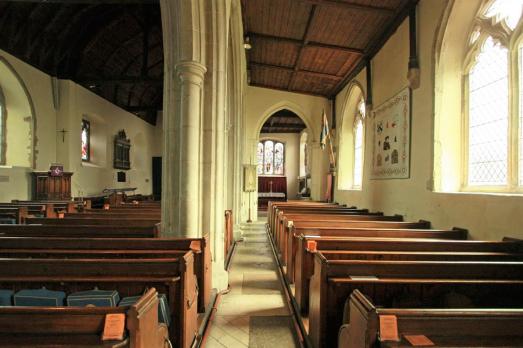
In 1174, Henry II changed his clothing into sackcloth at St Dunstan's. He began his pilgrimage on foot from there to Thomas Becket's tomb at Canterbury Cathedral.
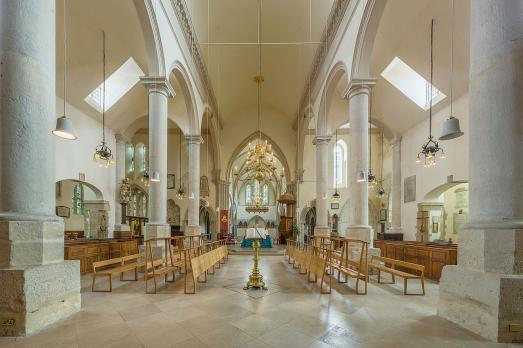
In 1180, Jean de Gisors built a chapel 'to the Glorious Honour of the Martyr Thomas of Canterbury, built on my land which is called Sudewede, the island of Portsea'.
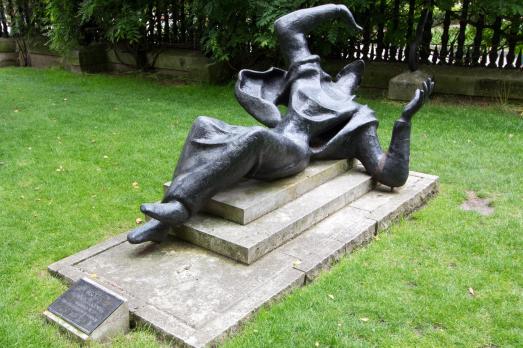
The statue of Thomas Becket by Edward Bainbridge Copnall was installed in the churchyard at St Pauls in 1970.
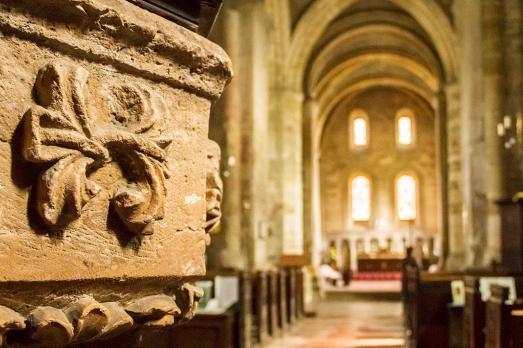
The Anglo Saxon Stow minster contains a 12th century wall painting depicting the life and death of Thomas Becket.
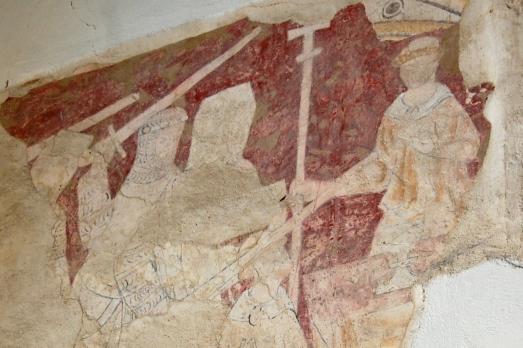
Contains a medieval painting of Thomas in the act of kneeling, hands joined in prayer, before the altar. He is about to fall under the sword.
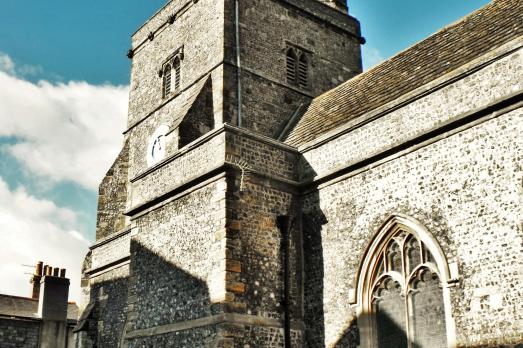
Built as a chapel for Cliffe the dedication to St Thomas a Becket suggests the chapel was founded in the late 12th century.
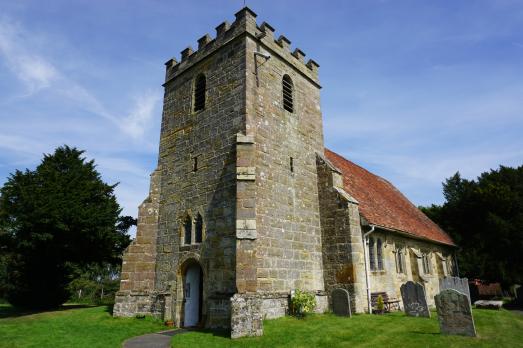
A yew tree still stands where Becket is said to have preached.
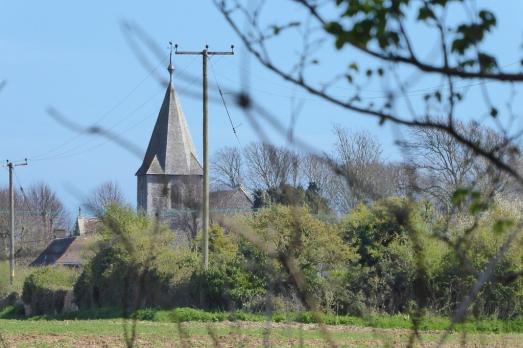
A Norman church built on the site replacing a Saxon church and retaining some of the Saxon features.
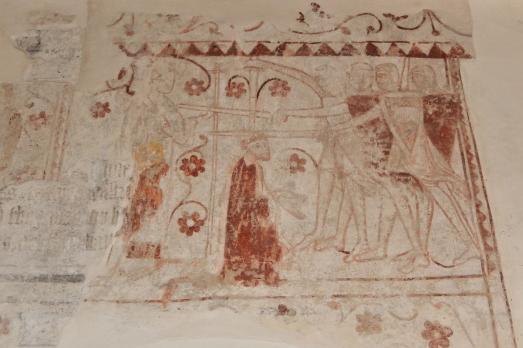
In the 1870s, a medieval wall painting depicting Becket's murder, was uncovered. It had been whitewashed over in 1550–1551 to protect it during the Reformation.
Continue your discovery of St Thomas Becket and the murder that shook the Middle Ages, with The Becket Story. Read more about his life, or use the timeline and story map resources.